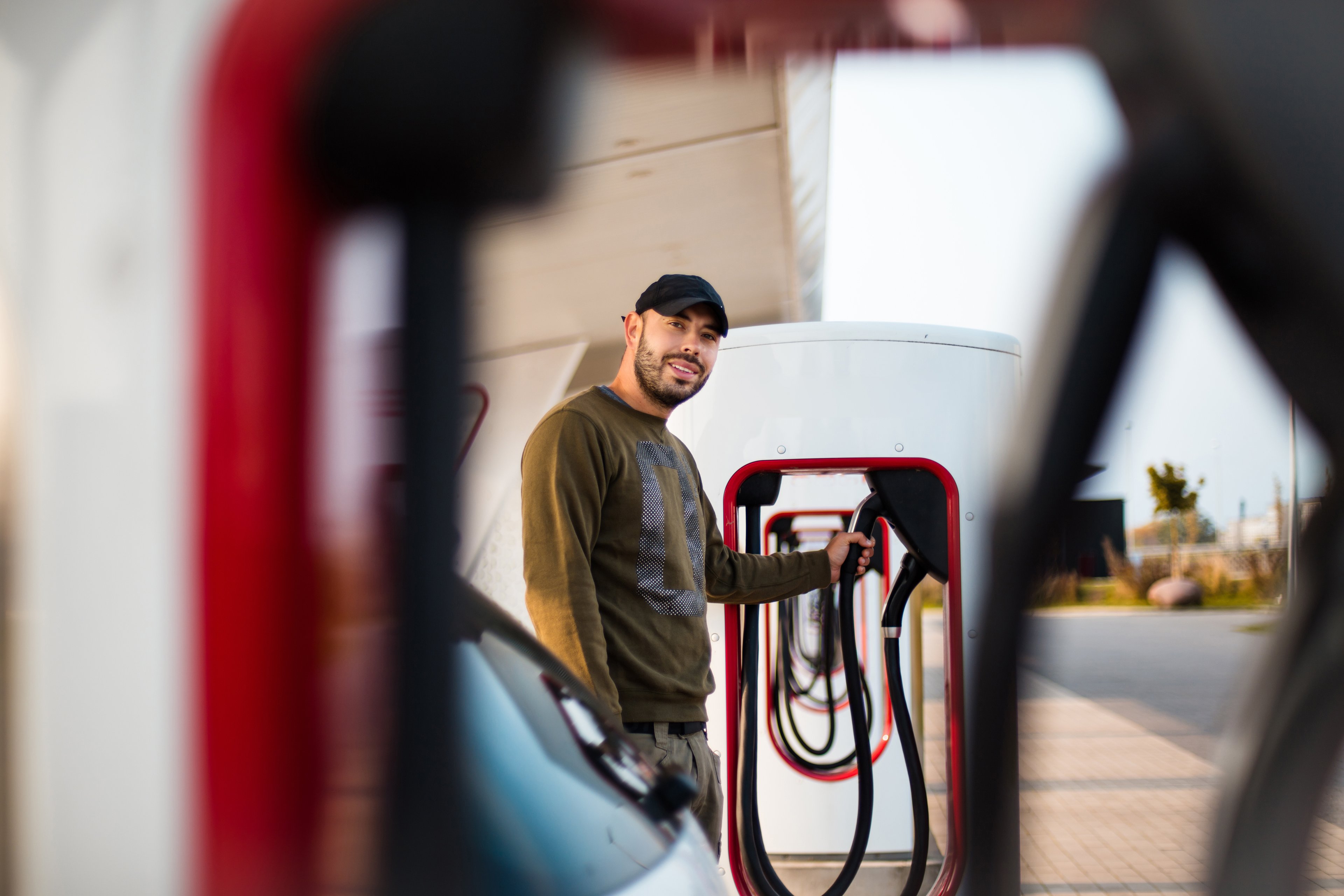Tesla (TSLA 0.16%) has told us a lot about its all-new Model 3 sedan, enough to get Tesla shareholders and electric-car fans plenty excited.
So far, it looks like that excitement is warranted. The new Model 3 does indeed look like a winning product. But at the same time, I think there are some big reasons for caution. Or put another way, I see three very big questions that will need to be answered before we can judge the Model 3 to be the successful high-volume product Tesla needs.

Can Tesla mass-produce the Model 3 to global quality standards? That's one question that won't be answered for a while yet. Image source: Tesla.
Question 1: Can Tesla deliver with high quality?
Tesla's higher-end models, the Model S sedan and Model X SUV, both received plenty of accolades when they were launched, and most of the praise was well-deserved. Both are innovative vehicles with plenty of "wow factor."
But I don't think I'm being unfair to Tesla when I say that both have had their share of problems. Both also have what we might gently call design "quirks" that wouldn't pass muster at a bigger automaker. Those things haven't held back Tesla's well-heeled early adopter fans, of course.
But the Model 3 is aiming at a broader market, and while it might seem counterintuitive, that means it'll be held to a higher quality standard. Buyers of $120,000 vehicles, who might have other ways to get to work, are typically far more tolerant of those "quirks" than buyers of $35,000 models.
The good news is that it appears Tesla put a much bigger emphasis on quality this time around. Tesla's growing credibility as an automaker has given it access to better suppliers, who can deliver better-quality parts for the Model 3. Tesla's hiring of Audi veteran Peter Hochholdinger, a production expert, early in the Model 3's development process appears to have made a big difference as well.
Signs are good, in other words. But the question won't be fully answered until Tesla's assembly line for the Model 3 is up to full speed -- and until those cars reach customers.
Question 2: Will another automaker steal Tesla's thunder?
Tesla has around 450,000 reservations for the Model 3, so many that a buyer placing a new order today will have to wait "12 to 18 months" for delivery, according to Tesla's site.
And that's if all goes well with Tesla's production ramp-up, a huge endeavor beyond anything that the Silicon Valley automaker has yet attempted. Assembly line snags could add weeks or months to the wait for many buyers.
So, here's the question: What if a big automaker has quietly prepared to release a competitive electric vehicle in the near future, with an eye to stealing some or all of those folks from Tesla's waiting list?

Its specs compare well with the entry-level Model 3's, but GM's Chevrolet Bolt EV isn't really a direct Tesla competitor. But the Bolt shows that GM has the technology to create a car that could be a serious rival to the Model 3. Will it? Image source: General Motors.
Don't discount this possibility. There are at least a couple of automakers -- General Motors (GM 0.11%) and Nissan (NSANY +1.72%), for starters -- that have the technology and production capacity to bring a competitive Tesla-style electric car to market in the very near future -- if they choose.
Tesla announces its products years in advance (for good reason), but big automakers often don't (for different good reasons). GM in particular has become very secretive under CEO Mary Barra. (But Barra herself has dropped hints that GM has several new electric vehicles in development, without giving any details.)
Will GM or Nissan, or another big automaker, have an advanced Tesla-fighter ready to go on sale early next year, in an effort to steal Tesla's thunder? We'll find out.
Question 3: How many reservations will convert given the pricing?
Tesla has said all along that the Model 3 would be the first "affordable" Tesla, starting at $35,000 before government incentives. Sure enough, Tesla delivered on that promise: You can get a Model 3 for $35,000. But also sure enough, as I predicted last year, it appears that most buyers are paying quite a bit more.

The $35,000 Model 3 is available in any color you like as long as it's black. Other colors are offered, but there's an extra charge. Image source: Tesla.
That $35,000 buys you a Model 3 with 220 miles of range, a fairly stark interior, and a simple black paint job. All of those things are upgradeable, of course, but it'll cost you. A fully loaded Model 3 has 310 miles of range, a nice interior, comes in several appealing colors -- and, crucially for some buyers, will get priority on the assembly line.
The thing is, that fully loaded Model 3 is close to $60,000. That's not out of line when compared to the pricing on similar-sized vehicles from brands like BMW and Mercedes-Benz. And it appears that Tesla is getting those prices: There's some anecdotal evidence suggesting that early Model 3 buyers are opting for very well-equipped examples, pushing average transaction prices well over $50,000.

The Model 3's interior is pretty nice, assuming you opt for an upgrade package priced at $5,000. Image source: Tesla.
If that pans out, it's great news for Tesla's bottom line. But it's a lot less great for those who joined Tesla's waiting list hoping for a truly affordable car that wasn't bare-bones. That leads to our last big question: Given the reality of Model 3 pricing, how many reservations will Tesla be able to convert into actual sales?
During Tesla's second-quarter earnings call, CEO Elon Musk said that the number of reservations had already dropped by about 63,000, to around 450,000. I suspect the number will shrink further -- but how much further? Again, we'll find out in time.









